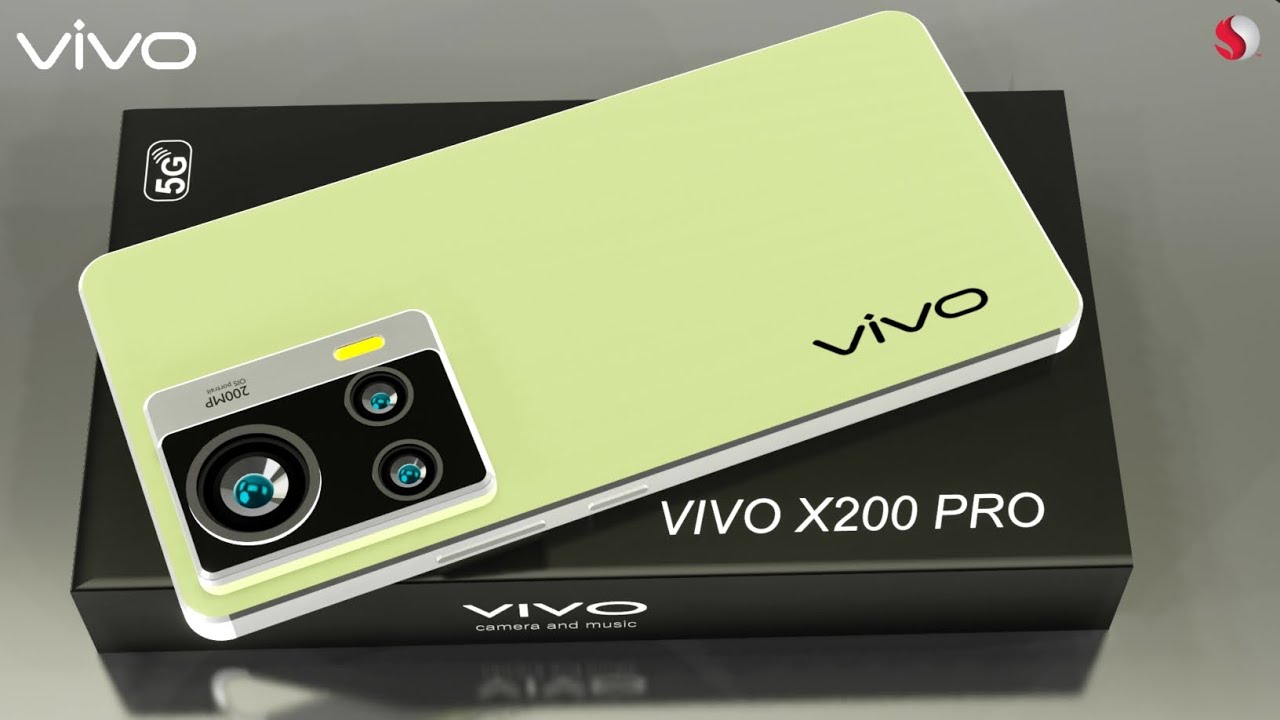Astronomers have combined data from Gaia and GRAVITY to image faint objects near bright stars, potentially revolutionizing the search for nearby exoplanets.
It is incredibly difficult to detect faint objects near bright stars. But by combining data from ESA’s Gaia space telescope with ESO’s ground-based GRAVITY instrument, scientists have managed to do just that. They recorded the first light signals from hitherto unseen faint moons of eight shining stars. This technique provides an excellent opportunity to capture images of planets orbiting close to their host stars.
Have you ever tried to take a photo of a firefly next to a bright street lamp? The only thing you’ll probably see in your photo is the glow from the lamp post. This is the same problem faced by astronomers chasing faint small stars or planets near a bright star.
To solve this problem, an international team of astronomers led by Thomas Winterhalder, a scientist at the European Southern Observatory (ESO), began searching the catalog produced by Gaia, which lists hundreds of thousands of stars with possible moons. Although satellite objects are not bright enough to be seen directly by Gaia, their presence causes small fluctuations in the paths of brighter stars (see image below) that only Gaia can measure.
The team identified eight stars in the Gaia catalog of star orbits that will be targeted by GRAVITY, the Advanced Near Infrared Interferometer on ESO’s Very Large Telescope at Cerro Paranal in Chile. GRAVITY combines infrared light from different telescopes to capture fine details of faint objects using a technique called interferometry.
Groundbreaking discoveries
Thanks to GRAVITY’s uniquely sharp and sensitive eye, the team captured the light signal of all eight putative satellites, seven of which were previously unknown. Three companions are very small and faint stars, the other five brown dwarfs . These are celestial bodies between planets and stars: larger than the heaviest planets, but lighter and dimmer than the lightest stars.
One of the brown dwarfs seen in this study orbits its host star, the same distance from the Sun as Earth. This is the first time a brown dwarf has been directly captured so close to its host star.
Expanded cooperation in space exploration
“We showed that it is possible to photograph a faint companion even as it orbits very close to its bright host,” explains Thomas. “This achievement highlights the excellent synergy between Gaia and GRAVITY. Only Gaia can identify such close systems containing a star and a ‘hidden’ companion, and GRAVITY can then take on the job of imaging the smaller, fainter object with unprecedented precision.”
In a previous study, astronomers used data from Gaia and another ground-based observatory to obtain images of a gas giant exoplanet. This planet orbits its host star at a distance of about 17 times Earth’s distance from the Sun, and is at a much wider angle in the sky than the typical satellite distance imaged by GRAVITY in this new result.
Small companions from Gaia observations are typically found at very small separation angles of a few tens of milliseconds; this is roughly the size of a one euro coin when viewed from a distance of 100 km.
“From our observations, the Gaia data act as a kind of guide,” Thomas continues. “The part of the sky we can see with GRAVITY is very small, so we need to know where to look. “Gaia’s incredibly precise measurements of the motions and positions of stars are crucial to pointing our instrument in the right direction across the sky.”
dream team
The complementarity between Gaia and GRAVITY goes beyond using Gaia data to plan future observations and exploration. By combining the two data sets, scientists were able to “weigh” individual celestial bodies one by one and determine the mass of the parent star and its corresponding companion.
GRAVITY also measured the contrast between the companion star and the host star in the infrared wavelength range. This information, combined with mass estimates, allowed the team to estimate the age of the moons. Surprisingly, two of the brown dwarfs turned out to be less bright than expected given their size and age. One possible explanation for this could be that dwarves have an even smaller companion.
Hunting for exoplanets
Having proven the power of the Gaia-GRAVITY community, scientists are now looking forward to tracking down potential satellites of stars listed in the Gaia catalogue.
“The ability to detect small movements of close binaries in the sky is unique to the Gaia mission. The next catalog, which will be available as part of the fourth data release (DR4), will include an even richer collection of stars with potentially smaller companions,” says Gaia scientist Johannes from ESA Sallmann. “This result opens a new path in the search for planets in our galaxy and promises us glimpses of new distant worlds.”













